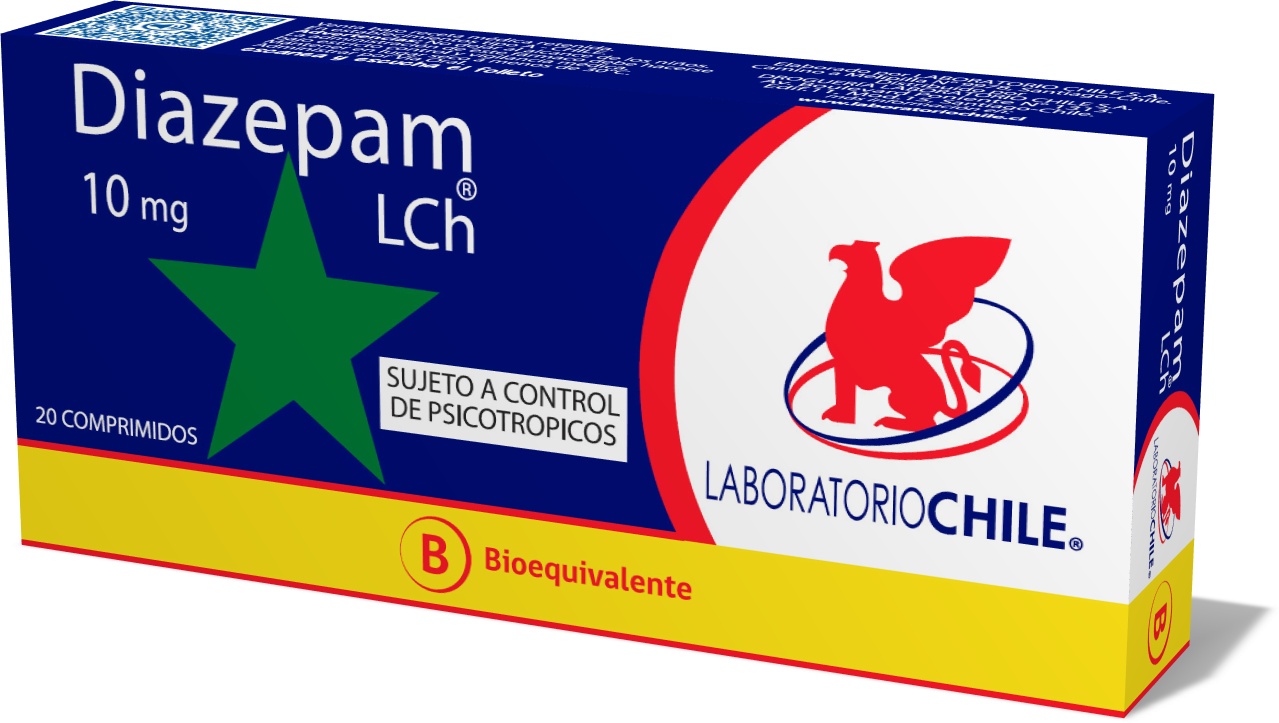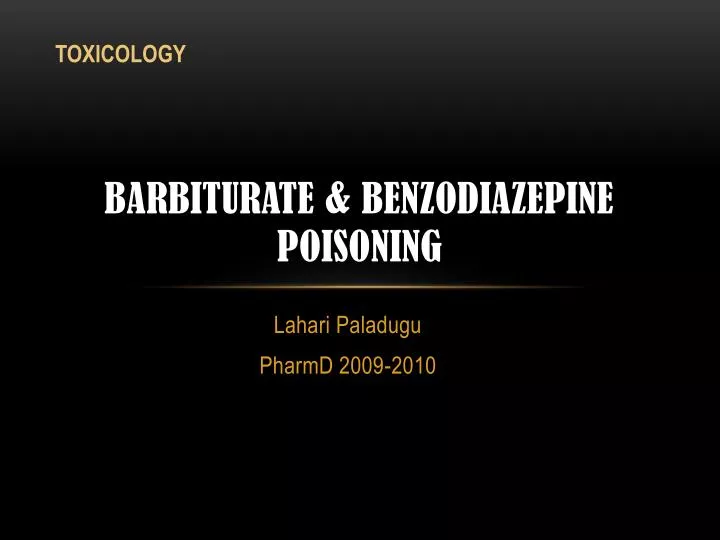
Here, fitness level is a confounding variable because it is an unmeasured factor that influences the results of the study. As a result, even if the participants are well matched on age, sex and weight, increased fitness is much more likely to explain a larger heart than drinking celery juice (the heart is a muscle, so it grows by working out). Generally, celery juice is associated with wellness so fit people are more likely to drink it. The investigators record other measures like age, sex and weight, and eventually find that those who drink celery juice have a larger heart.

Imagine that a case-control study investigates the effect of celery juice on heart size. This lack of randomization makes case-control studies prone to systematic bias(es), as illustrated below.

In contrast, participants are not assigned to one treatment or another in a case-control study the investigators only observe how much and how often they use a treatment (if at all). In other words, randomization allows for a reliable comparison between both groups. confounders, see below) that could influence the results of the trial. The crucial point is that randomizing patients to receiving either the drug or the placebo / other drug ensures that both the active and control groups are well matched in terms of age, sex, weight, ethnicity, disease severity, comorbidities and other unmeasured factors (a.k.a. The active treatment group receives the drug, while the control group receives either a placebo or another drug that is considered the standard of care at the time the trial is conducted (since it would be unethical not to give it to patients in need).

Normally, to investigate the efficacy of a drug, one needs to run a randomized controlled trial (RCT). A note about the control group in the study by Riou et al.


 0 kommentar(er)
0 kommentar(er)
